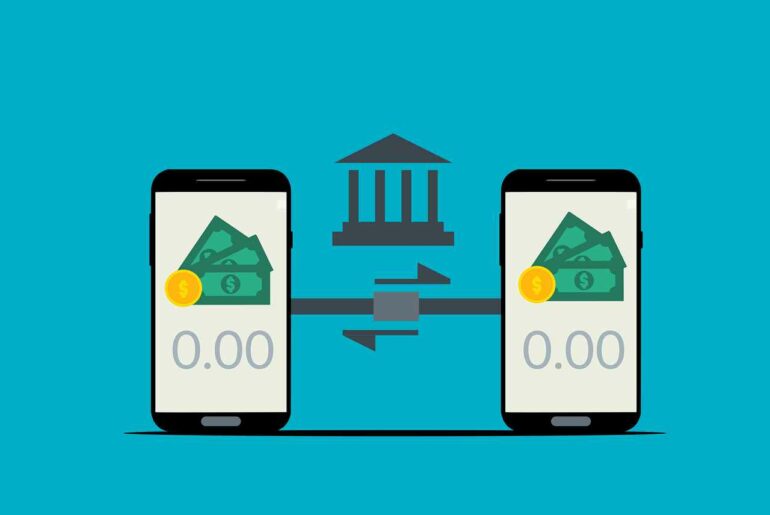Introduction to RTGS Transactions
Real Time Gross Settlement (RTGS) is a quick fund transfer method that lets customers transfer their funds from one bank account to another electronically. RTGS is a fully-secure fund transfer method maintained by the Reserve Bank of India (RBI) to enable transfers within the country.
RTGS is mainly used to transfer large-value transactions, and there is no maximum limit for RTGS transfers through the bank. Although the maximum amount can vary from bank to bank, there is generally a limit of INR 25 lakh per day for some banks when it comes to online transactions.
Features of RTGS
- The minimum amount you can transfer via RTGS has to be above INR 2 lakh
- RTGS transactions can be initiated from anywhere using the internet banking option (ideal to be done at the home, workplace, or using a device that is safe and not a public-access machine)
- RTGS transactions have no fees or charges thanks to the directive from the RBI that came into effect on July 01, 2019
Read More: What is RTGS and How Does it Works?
RTGS Transfer Timings in 2024
RTGS transfer is available round the clock 24*7 and 365 days every day of the year including weekends and public or bank holidays. The funds are transferred in real-time to the beneficiary account and you do not need to visit the bank branch to initiate an RTGS transfer.
RTGS transfer does not need you to create a demand draft or a cheque at the time of processing RTGS. The beneficiary branches should be able to receive the funds in real time as soon as funds are transferred by the remitting bank.
How Much Time Does RTGS Transfer Take?
There is no to minimal wait time for the funds to be transferred beneficiary’s bank account, as RTGS transactions are performed in real-time, transaction after transaction. The RTGS transfer time to reflect in the receiver’s account is generally a few seconds.
As per the RBI mandate, the beneficiary bank has to credit the amount to the beneficiary account within 30 minutes of the fund transfer being initiated. Therefore, if the amount has not been received in your account even after 30 minutes, you may want to check with the sender’s bank about the delay.
Things to Remember When Using RTGS Transfer?
While RTGS is a fast and secure fund transfer method, it is always important to know the terms and conditions.
Some of the common guidelines include the following:
- The amount will be paid only to the account mentioned in the RTGS form.
- In case an RTGS payment is initiated, it cannot be canceled.
- Before making any transfers, it is highly recommended to go through the RTGS form and make the money transfer accordingly.
- The user has to select either RTGS or NEFT when filling out the fund transfer form. The bank will decide which fund transfer method will be used if no mode is selected.
- If the beneficiary details mentioned are incorrect, the bank is not liable for any consequences arising from the error.
- If there is a failed payment, the amount must be returned to your bank account. If the compensation is not returned for failed payments, you are eligible for compensation of the current repo rate plus 2%.
Conclusion
As you can see, RTGS fund transfer is a quick and safe method for transferring funds and can be used when you have to share a large amount. There are no stipulated limitations to RTGS timings, and this fund transfer can be done 24*7*365.
To make an RTGS transfer, all you need to input are the following:
- Your account details.
- Beneficiary account number.
- Beneficiary bank and branch details.
- Name of the beneficiary.
- IFSC code for the receiving bank.
- Amount to be transferred.
- Remarks, if any.





